The 1980s, often called the “greed decade” due to its focus on consumerism and materialism, left an indelible mark on history. It was characterized by the rise of cable networks, the emergence of MTV, the popularity of big hair and neon colors, and cultural icons like Michael Jackson and Air Jordans. Additionally, it was the era of bulky two-pound cellphones, the addictive game Pac-Man, and the perplexing Rubik’s Cube. Notable political figures such as Ronald Reagan and Margaret Thatcher shaped the decade alongside significant events like the Cold War and the devastating AIDS crisis, which claimed thousands of lives in the U.S. alone. If the 80s seem like a distant memory, here’s a comprehensive overview of the era’s defining moments.
Assassination Attempt
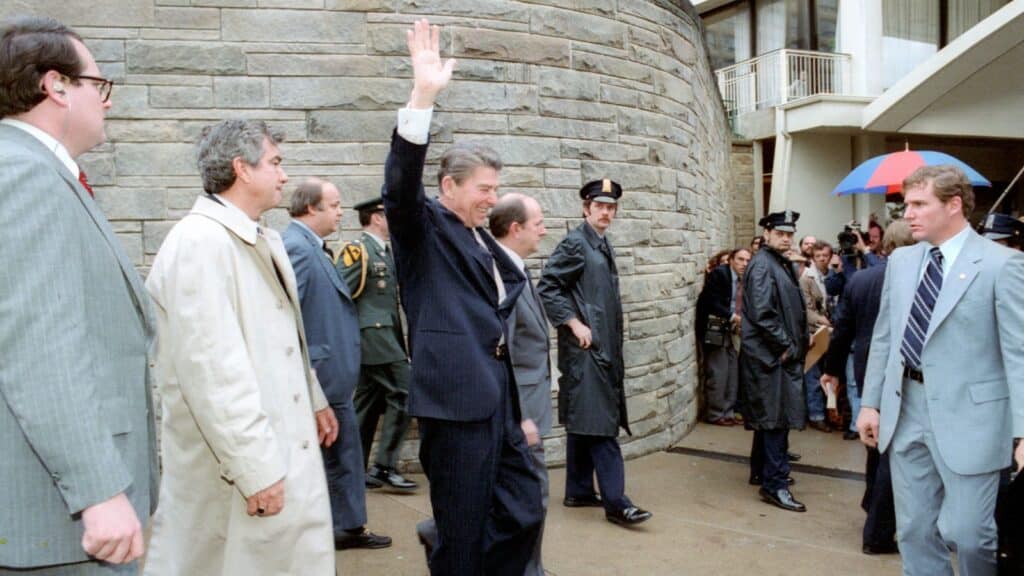
President Reagan survived an assassination attempt by John Hinckley Jr. on March 30, 1981, just two months into his presidency. Throughout US history, there have been numerous plots against presidents, as highlighted by Statista. Notable incidents include Andrew Jackson’s survival of an attempt in 1835 when his assailant’s guns misfired. Recent threats include the mailing of sixteen bombs to Democrats and media outlets in 2018 and the sending of ricin-laced letters to President Trump and military officials, illustrating ongoing risks in political spheres.
Top Film

In 1986, Tony Scott’s cinematic masterpiece, Top Gun, soared to success, earning a staggering $176,786,701 at the box office. The film also clinched an Academy Award for its unforgettable theme song, “Take My Breath Away.” Its thrilling aerial sequences and gripping storyline captivated audiences worldwide, solidifying its place as a cultural phenomenon of the 80s era. Top Gun’s impact continues to resonate, influencing subsequent generations of filmmakers and earning it a well-deserved spot in cinematic history.
Diplomatic Ties
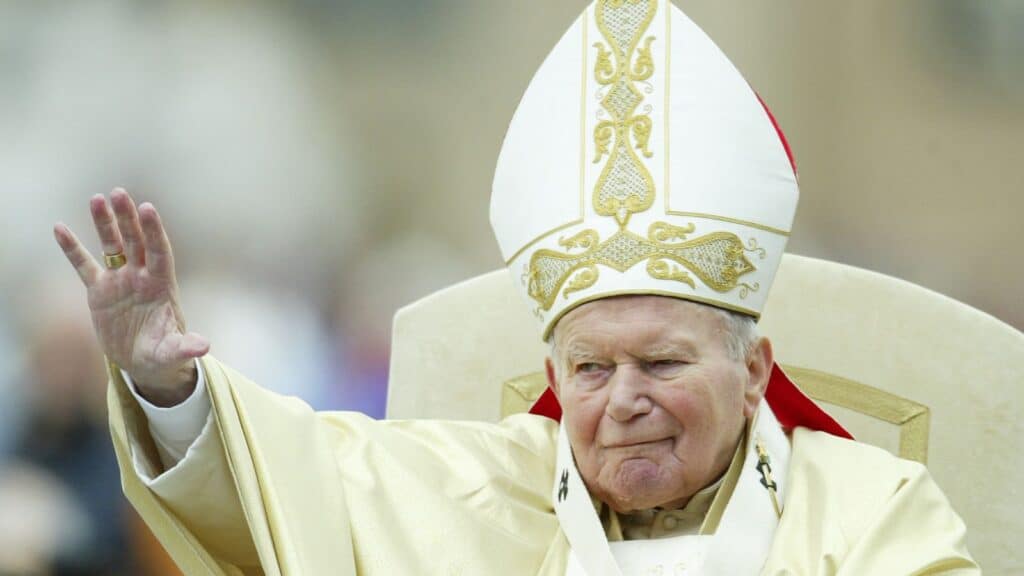
1984 witnessed a historic event as the United States and the Vatican reestablished diplomatic relations after a hiatus of 117 years. This significant development marked a new chapter in international diplomacy, reflecting the evolving global landscape. During this period, Pope John Paul II played a prominent role in international affairs, advocating for peace and cooperation among nations. The reinstatement of diplomatic ties between the United States and the Vatican underscored the importance of dialogue and collaboration in addressing shared challenges on the world stage.
A Royal Wedding

Over 700 million viewers across 74 countries eagerly watched the grand royal wedding of Lady Diana and Prince Charles in 1981, held at the majestic St. Paul’s Cathedral in London. The opulent ceremony was a spectacle of splendor and extravagance, boasting a staggering budget of $48 million. This elaborate affair was a testament to the event’s significance, befitting the union of a beloved princess-to-be with the heir to the British throne, captivating audiences worldwide with its regal magnificence.
We Lost a Beatle
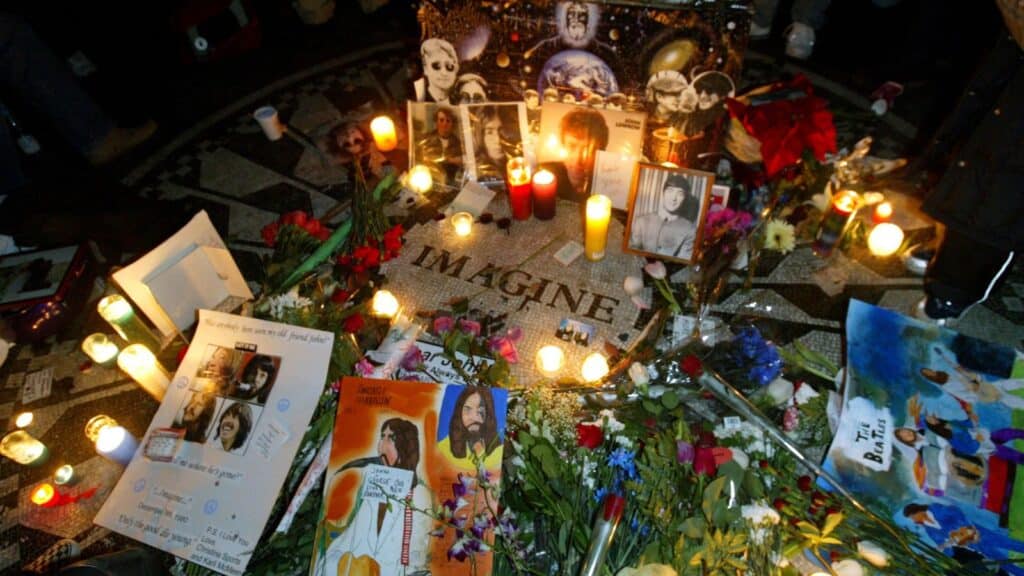
On December 8, 1980, the world was shocked by the tragic loss of the beloved former Beatle, John Lennon, outside his New York apartment. His life was cut short when Mark David Chapman, a mere 25-year-old at the time of the incident, fatally shot him. Chapman is currently serving a 20-year-to-life sentence for his crime at the Green Haven Correctional Facility, located in the same town where the devastating event occurred. The senseless act of violence robbed the world of a musical icon and continues to leave a profound impact on Lennon’s fans and loved ones.
The Spread of Cocaine

The 1980s marked the emergence of synthesized crack cocaine, a development that had profound consequences. This troubling trend initially surfaced in the Bahamas in 1983 before rapidly spreading northward to the United States. The introduction of crack cocaine brought about a devastating wave of addiction and societal upheaval, leaving a lasting impact on communities across the nation. The widespread availability and highly addictive nature of crack exacerbated existing social issues, contributing to a tumultuous period in history.
Catastrophes of Monumental Magnitude
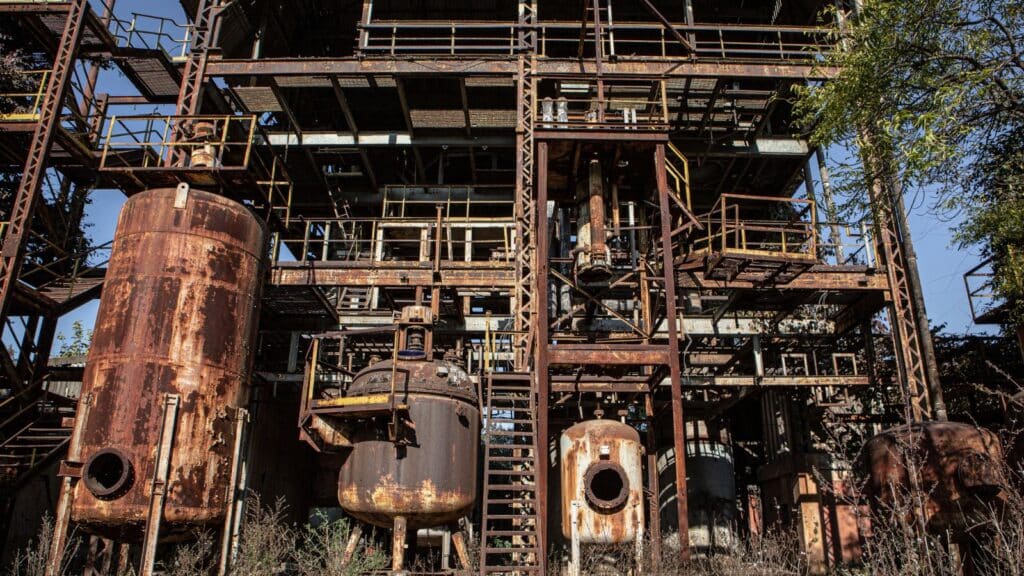
The 1980s bore witness to some of the most devastating chemical and environmental disasters in modern history. In Bhopal, India, the Union Carbide plant leak unleashed toxic gases, claiming approximately 15,000 lives. Yet, the tragedies did not cease there. In 1986, the Chornobyl Nuclear Power Plant explosion in the Soviet Union scattered radioactive material across Europe, leaving a lasting impact on the region. Furthermore, in 1989, the Exxon Valdez oil spill on Alaska’s Bligh Reef unfolded, marking one of the most catastrophic environmental disasters ever recorded.
Halley’s Comet

In 1986, scientists achieved a remarkable feat by observing and studying Halley’s Comet using an array of international spacecraft. Japan’s Suisei and Sakigake, the Soviet Union’s Vega 1 and Vega 2, the international ISEE-3 (ICE), and the European Space Agency’s Giotto all played pivotal roles in this groundbreaking endeavor. By combining their efforts and cutting-edge technology, the scientists gained unprecedented insights into the surface and structure of Halley’s Comet, unraveling its mysteries and deepening our understanding of celestial phenomena.
Tech Revolution
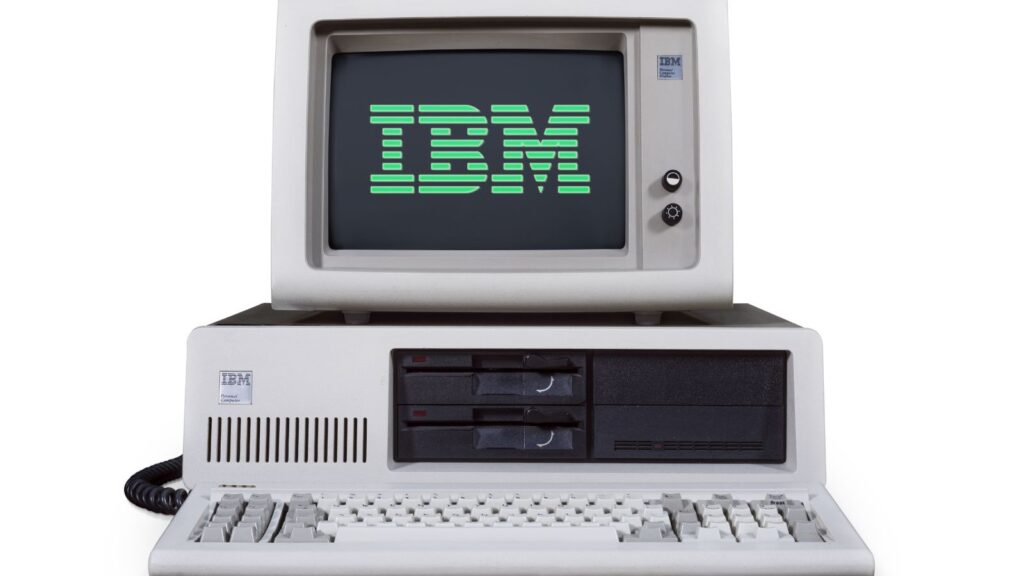
The tech revolution of the 1980s kicked off with IBM’s debut of its first PC in 1981, setting the stage for a transformative era in computing. In 1982, Time Magazine recognized the significance of this advancement by featuring the computer as its “Machine of the Year” on its cover. The momentum continued in October 1983 when Microsoft launched the inaugural version of Word 1.0, revolutionizing word processing capabilities. Concurrently, in a cinematic portrayal of the era, Michael Douglas’s character, Gordon Gekko, wielded the iconic Motorola DynaTAC 8000X in the 1987 film Wall Street, symbolizing the integration of technology into everyday life.
Louder Music

The music scene of the 1980s was ablaze with an array of vibrant sounds. Numerous iconic musicians and bands appeared, including INXS, U2, Prince, Madonna, and power siblings Michael and Janet Jackson, burst onto the scene. Other notable figures such as Bruce Springsteen, Sade, Cher, and Guns’ n Roses added to the diverse musical landscape. The era witnessed the birth of MTV on August 1, 1981, marked by the airing of the unforgettable “Video Killed the Radio Star” by The Buggles. Simultaneously, Olivia Newton-John’s catchy tune “Physical” dominated the charts, followed swiftly by Michael Jackson’s groundbreaking album “Thriller” the following year, solidifying his status as the decade’s preeminent artist.
First Indian Female Prime Minister Assassination
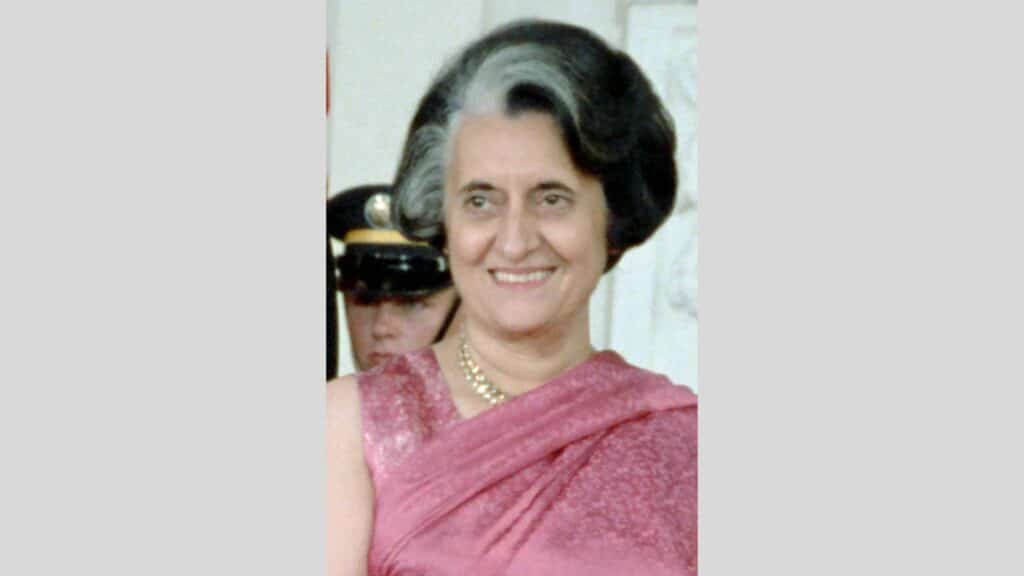
In the 1980s, assassinations of prominent figures garnered significant attention due to the transformative changes they were ushered into their nations. The country had yet to witness a female leader following India’s independence. In a historic moment, Indira Gandhi broke this barrier, ascending to the position of India’s first female prime minister. However, tragedy struck in 1984 when Gandhi was assassinated by her Sikh bodyguards in a premeditated attack. This shocking event triggered widespread unrest, culminating in anti-Sikh riots that claimed the lives of thousands of Indians in four days.
Devastating Famine

The Ethiopian famine of 1984 proved to be a catastrophic event, claiming the lives of around 1 million individuals. The dire circumstances were exacerbated by a series of unfortunate occurrences, including prolonged drought, crop failures, regional conflicts, and ineffective government policies. Statista reports that the famine, spanning from 1983 to 1985, resulted in a significant loss of life, prompting Ethiopia’s population to rebound from 35 million in 1980 to 66 million by the turn of the 21st century. Today, Ethiopia’s population is estimated to be nearing 115 million, underscoring the nation’s resilience and recovery from past adversities.
Official Independence

Canadians hold a special affection for the 1980s, mainly due to a significant milestone achieved in 1982: complete independence from the United Kingdom. This historic moment was marked by the enactment of the Canada Act, which received authorization from Queen Elizabeth II. The act symbolized Canada’s journey toward sovereignty and self-governance, signifying a pivotal moment in the nation’s history. Canadians fondly remember this era as a time of newfound autonomy and national pride.
Discovering the Titanic
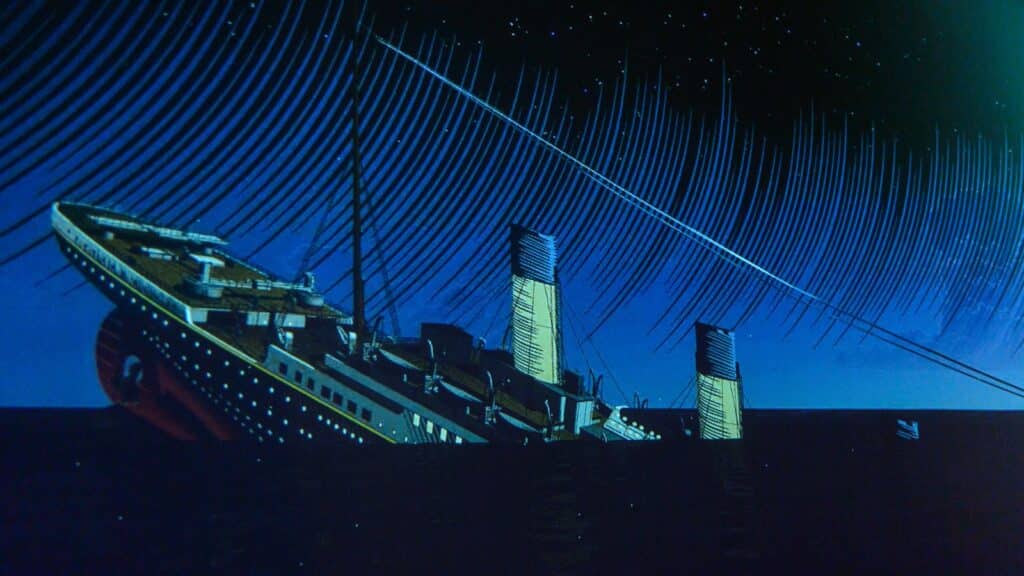
In 1985, American oceanographer and geologist Robert Ballard made a historic discovery when he located the wreckage of the renowned Titanic. Utilizing innovative deep-sea exploration techniques such as the Argo, a 5-meter submersible sled, Ballard successfully located the remains of the iconic ship that tragically sank in 1912. His groundbreaking expedition shed new light on one of the most infamous maritime disasters in history, unraveling mysteries and offering insights into the fateful events of that ill-fated night.
Argentina vs. United Kingdom
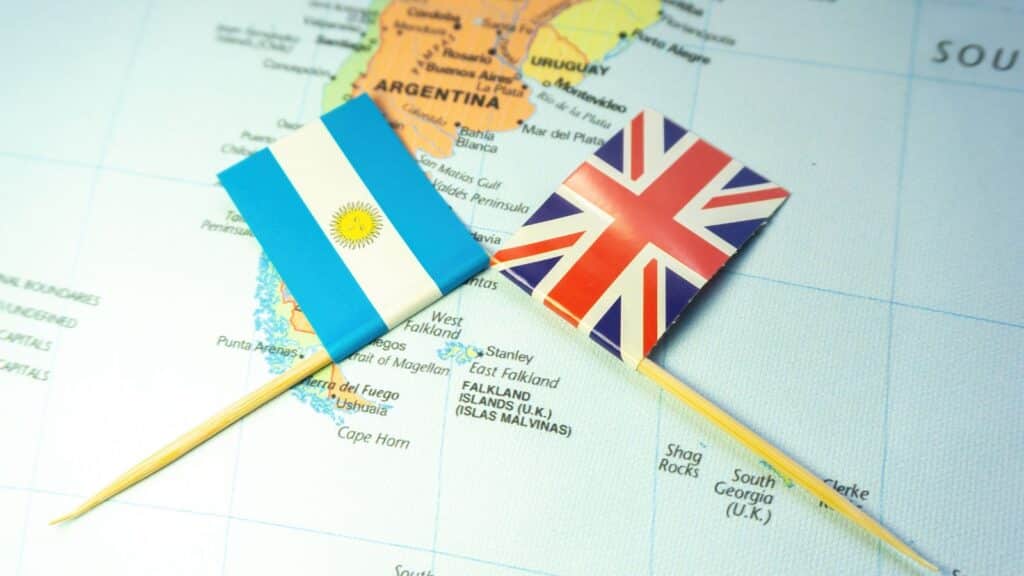
In 1982, under the leadership of President Leopoldo Galtieri, Argentina launched an invasion and subsequent occupation of the Falkland Islands. However, their occupation was short-lived, as they were swiftly defeated by the United Kingdom’s formidable naval task force. According to Gov.uk reports, a total of 25,948 UK Armed Forces personnel participated in the Falklands Campaign, with 237 tragically losing their lives during the conflict. Since 1982, 1,335 Falklands veterans have passed away, with 95 of these deaths attributed to suicide and open verdict deaths, highlighting the enduring impact of the conflict on those who served.
The Berlin Wall
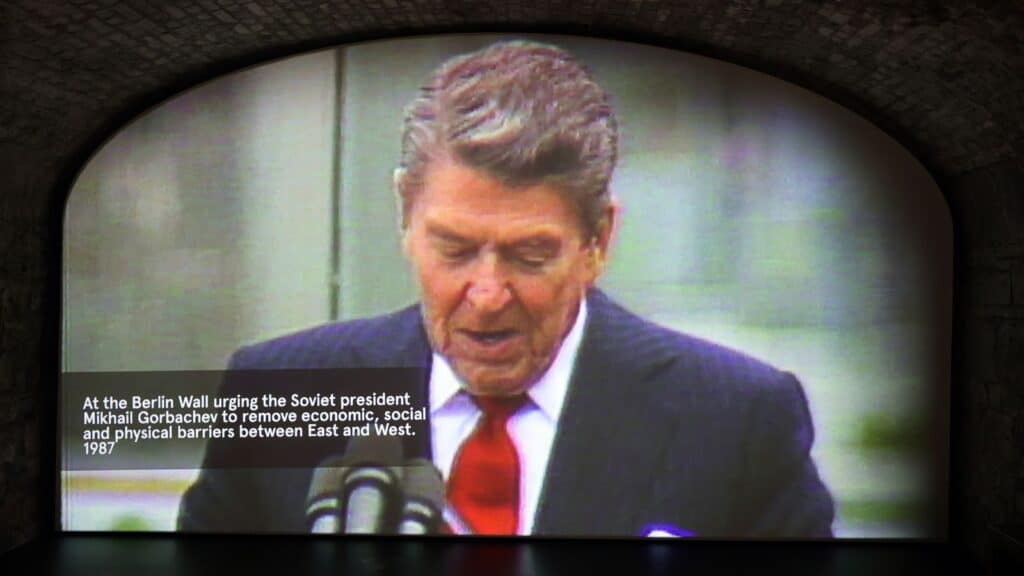
In a pivotal moment of the Cold War in 1987, Ronald Reagan uttered his iconic words, “Mr. Gorbachev, tear down this wall!” The significance of his statement reverberated as he stood a mere 100 yards from the Berlin Wall, symbolizing the division between East and West Berlin. Fortunately, by the decade’s end, the tangible manifestation of the ideological struggle between democracy and communism crumbled. Yet, did its demise also mark the conclusion of an era fraught with tension and conflict?
DNA Breakthrough

DNA fingerprinting, also known as genetic fingerprints, emerged into prominence in the 1980s, with its inception in 1984. This groundbreaking technique was pioneered by British geneticist Alec Jeffreys, who revolutionized modern gene analysis. Jeffreys’ innovative approach enabled the unique identification of individuals based on their DNA profiles, opening up new avenues in forensic science, paternity testing, and medical research. The advent of DNA fingerprinting marked a significant milestone in genetic science, forever changing the landscape of criminal investigations and biological research.
Space Shuttle Challenger

On June 19, 1983, Sally Ride made history by becoming the first American woman to join the space shuttle Challenger crew. Riding alongside four other astronauts, she embarked on the shuttle’s second launch, marking a significant milestone for women in space exploration. However, tragedy struck the Challenger again in the 1980s. On January 28, 1986, during what was supposed to be its ninth mission, the Challenger exploded shortly after liftoff, claiming the lives of all seven crew members in a devastating accident.
Electronic Fashion Craze

In a bold move to revitalize its brand amidst deep crises in the late 1970s, the Swiss company “Swatch” launched its inaugural watch in 1983, riding the wave of the 1980s fashion frenzy. By melding superior Swiss craftsmanship with innovative design and a distinctive logo, Swatch introduced a timepiece exuding youthful charm and forward-thinking ethos, captivating consumers in the mid-80s. The release of Swatch’s iconic watch marked a significant turning point for the company, propelling it to newfound success and prominence in the competitive market.
19 Grim Realities of Dating After 50 That Are Often Overlooked

19 Grim Realities of Dating After 50 That Are Often Overlooked
26 Things That Will Be Extinct Because Millennials Refuse to Buy Them

26 Things That Will Be Extinct Because Millennials Refuse to Buy Them
24 Outdated Slang Terms You Absolutely Shouldn’t Be Using Anymore

24 Outdated Slang Terms You Absolutely Shouldn’t Be Using Anymore
25 Hardest Parts About Getting Older That No One Ever Talks About

25 Hardest Parts About Getting Older That No One Ever Talks About






